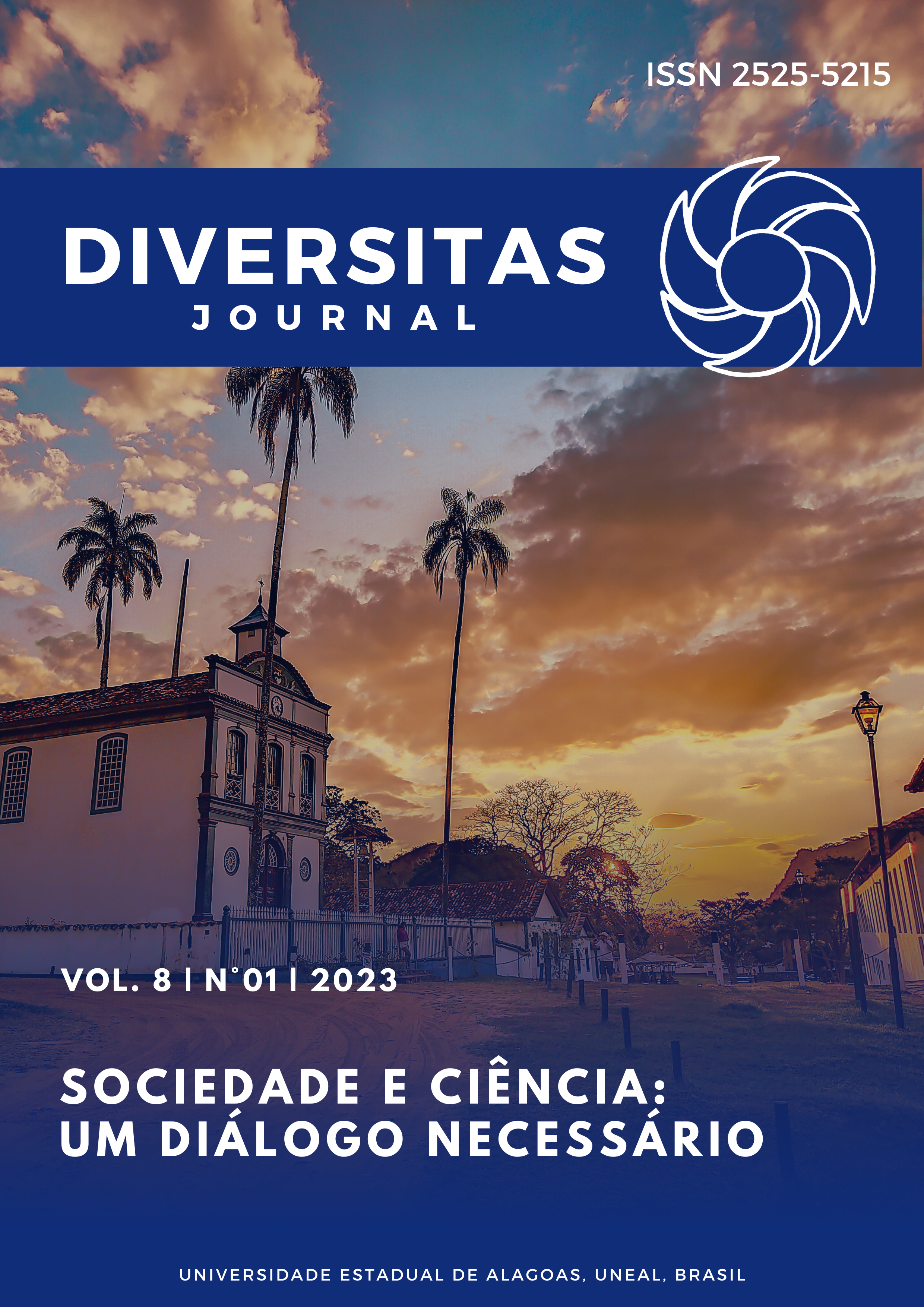Teoria da Atividade como ferramenta para analisar o trote universitário
DOI:
https://doi.org/10.48017/dj.v8i1.2432Keywords:
University hazing, Analysis of Communities, Activity TheoryAbstract
The university hazing is a practice used as a way of initiating new students into the universities. Since its origins, this practice has been the subject of controversy, motivated by the occurrence of violent episodes during the hazing, sometimes with tragic consequences for the students. In the literature, numerous studies analyse this phenomenon. In this paper we propose the use of Activity Theory (AT) as a tool to analyse the university hazing. We will identify throughout the text the different components of this practice, associating them with the concepts that make up an analysis in AT.
Metrics
References
Almeida Júnior, A. R. de (2007). Anatomia do trote universitário (Tese (Livre Docência). Universidade de São Paulo, Piracicaba.
Almeida Júnior, A. R. de. (2015). Trotes, violências e democracia nas universidades. Diversitas Journal, 3(4), 16-57.
Almeida Jr. A.R. de; Queda, O. (2006). Universidade, preconceitos e trote. Hucitec.
Appiah, E., & Cronjé, J. C. (2013). Exploring information and communication theory in graphic design education with activity theory. International Journal of Computer Applications, 84 (12), 15-22.
Engestrom, Y. (2000). Activity theory as a framework for analyzing and redesigning work. Ergonomics, 43(7), 960-974.
Engeström, Y. (2010). Activity theory and learning at work. In The SAGE handbook of workplace learning (pp. 86-104). Sage.
Engeström, Y. (2015). Learning by expanding. Cambridge University Press.
Engeström, Y., Miettinen, R., & Punamäki-Gitai, R. (eds.) (1999). Perspectives on Activity Theory. Cambridge University Press.
Freud, S. (2006). Edição Standard Brasileira das Obras Psicológicas Completas de Sigmund Freud Volume VII: Um Caso de Histeria, Três Ensaios sobre a Sexualidade e outros Trabalhos (1901-1905). Imago Editora.
Kaptelinin, V., & Nardi, B. A. (2006). Acting with technology: Activity theory and interaction design. MIT press.
Lei estadual do Estado de São Paulo 10.454 de 20/12/1999. Diário Oficial do Estado de São Paulo - Executivo, 21/12/1999, p.3
Leontiev, A. (1978). Activity, Consciousness, and Personality. Prentice-Hall.
Leontiev, A.N. (1991). Uma contribuição à teoria do desenvolvimento da psique infantil. Em Vigotskii, L.S., Luria, A.R. y Leontiev (eds), A.N. Linguagem, desenvolvimento e aprendizagem (pp.59-84). Ícone.
Marx, K. (2002). O capital: crítica da economia política: livro I. (Reginaldo Sant’Anna, tradutor). Civilização Brasileira. (Obra original publicada em 1867).
Zuin, A. A. S. (2011). O trote universitário como violência espetacular. Educação & Realidade, 36(2), 587-604.
Vigotsky, L. S. (1995). Obras Escogidas III: problemas del desarrollo de la psique. Visor.
Vigotsky, L. S. (2001). Psicologia Pedagógica. (Paulo Bezerra, tradutor). Martins Fontes. (Texto original publicado em 1926).
Vygotsky, L. S., & Cole, M. (1978). Mind in society: Development of higher psychological processes. Harvard University Press.
Downloads
Published
How to Cite
Issue
Section
License
Copyright (c) 2023 Carina Aguiar, Eduardo Fermé

This work is licensed under a Creative Commons Attribution 4.0 International License.
The Diversitas Journal expresses that the articles are the sole responsibility of the Authors, who are familiar with Brazilian and international legislation.
Articles are peer-reviewed and care should be taken to warn of the possible incidence of plagiarism. However, plagiarism is an indisputable action by the authors.
The violation of copyright is a crime, provided for in article 184 of the Brazilian Penal Code: “Art. 184 Violating copyright and related rights: Penalty - detention, from 3 (three) months to 1 (one) year, or fine. § 1 If the violation consists of total or partial reproduction, for the purpose of direct or indirect profit, by any means or process, of intellectual work, interpretation, performance or phonogram, without the express authorization of the author, the performer, the producer , as the case may be, or whoever represents them: Penalty - imprisonment, from 2 (two) to 4 (four) years, and a fine. ”


















